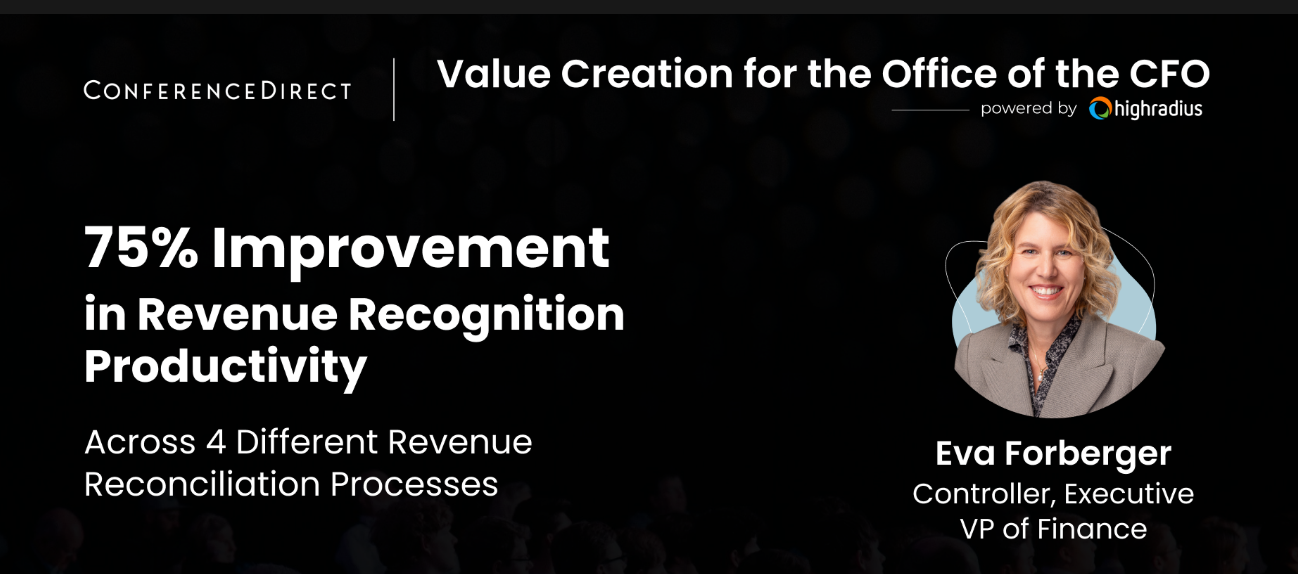What to Consider While Selecting an Automated Month-End Close Software?
When selecting a month-end close automation software, it's important to evaluate key factors that ensure the solution meets your organization's needs. From streamlining financial processes to improving accuracy and efficiency, selecting the right software can significantly impact your close cycle. Below are essential considerations to keep in mind when making your decision:
Automation features
Look for software that automates repetitive tasks like journal entries, reconciliations, and financial reporting. Robust automation ensures fewer manual interventions, reducing the risk of errors and delays. Features like pre-built templates, rule-based workflows, and auto-validation can further optimize the close process.
Integration capabilities
The software must integrate seamlessly with your existing ERP systems, accounting tools, and other financial applications. This connectivity ensures smooth data flow across systems, eliminates the need for manual data entry, and supports real-time updates. Check for compatibility with popular ERP solutions like SAP, Oracle, or Microsoft Dynamics.
Ease of use
A user-friendly interface simplifies adoption across your finance team. Look for software with intuitive navigation, drag-and-drop workflow customization, and easily accessible help resources. This minimizes training time and ensures your team can maximize the software's capabilities from the outset.
Compliance and security
Ensure the software adheres to regulatory compliance standards such as SOX, GAAP, or IFRS. Robust security measures like data encryption, access control, and secure audit trails are essential to protect sensitive financial information and support compliance during audits.
Scalability
As your organization grows, the software should be able to handle an increase in transaction volume, new business units, or international operations. Scalable solutions ensure that you won’t outgrow the software as your business expands.
Reporting and analytic
Real-time reporting capabilities enable quick access to key financial metrics, helping your team make informed decisions faster. Look for customizable dashboards and analytics tools that allow you to track close progress, identify bottlenecks, and forecast outcomes accurately.
Cost and ROI
Assess the total cost of ownership, including licensing fees, implementation, and ongoing maintenance. Compare this to the potential ROI from saved time, reduced manual errors, and improved financial accuracy. Choose a solution with transparent pricing and measurable benefits.
Vendor reputation
Research the vendor’s track record in the market. Look for client testimonials, case studies, and reviews that highlight the quality of their service and support. A reputable vendor will also offer responsive customer service and regular updates to keep the software aligned with industry standards.
Customization
Your finance processes may have unique requirements. The software should offer flexibility to adapt to your workflows, such as custom rules for reconciliation, specific reporting formats, or tailored approval hierarchies. This adaptability ensures the software evolves alongside your organization.


















